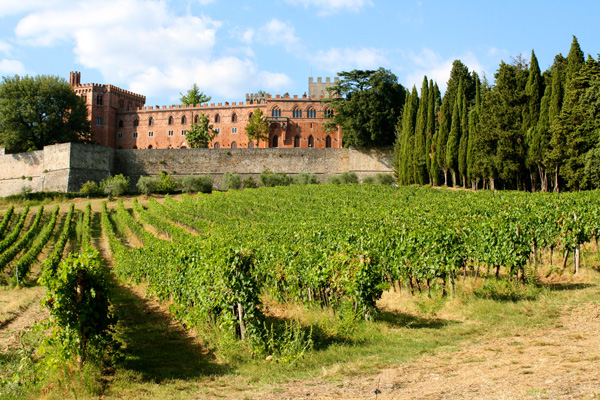1-WEEK ITALIAN EXCELLENCES PRIVATE TOUR
Central Italy
Enjoying harmony between man and nature through food and wine in Central Italy.
WHAT'S INCLUDED:
Accommodations in Double Room with Continental Breakfast (*):
- Days 1 to 3: 3* to 5* Hotel / Country House in Assisi area
- Days 4 to 7: 3* to 5* Hotel / Country House in Val d’Orcia area
(*) The Hotel list is available upon request
Transfers (**):
- Day 1: Pick up at your accommodation in Rome and transfer to your accommodation in Assisi – Stopover in Todi
- Day 4: Transfer to your accommodation in Val d’Orcia area
(**)All transfers by private car (2 pax)/ minivan (3 to 6 pax)/ minibus (7 to 10 pax)
Private Guided Visits / Tours (***) / Activities:
- Day 1: Visit of an Umbrian olive oil mill with tastings
- Day 2: Full-day private E-bike excursion to Assisi and Bevagna area - Visit of a Sagrantino di Montefalco winery with tasting
- Day 3: Full-day excursion to Assisi area and Deruta - Truffle hunt experience with lunch in Assisi area - Visit of an Artisan Ceramics Laboratory in Deruta
- Day 4: 2-hour Tuscan cooking class with dinner in Val d’Orcia area
- Day 5: Full-day excursion to Val d’Orcia area - 3-hour private walking tour of Montepulciano city centre with a Sommelier Guide, with tastings of Vino Nobile, Pecorino cheese and truffle - Visit of a Supertuscan Brunello di Montalcino wine cellar with tastings
- Day 6: Full-day excursion to Chianti area – Visit of an alabaster laboratory in Volterra and San Galgano
- Day 7: Full-day private E-bike excursion in Val d’Orcia area with a picnic - Visit of a local olive oil mill with tastings
(***)All tours by private car (2 pax)/ minivan (3 to 6 pax)/ minibus (7 to 10 pax)
Admissions tickets
- San Galgano Abbey
Full emergency assistance 24 hours/day by our Back Office
List of recommended restaurants and deli shops along the itinerary
All taxes
Options:
- Pick up at Rome Airport /Railway Station at the start of the tour
- Accommodation in Rome the night before the start of the tour
- Drop off at Florence Airport/Railway Station at the end of the tour
- Other activities upon request
DAY 1 – SPOLETO
Benvenuti in Italia, welcome to Italy! Your Tour Leader will meet you at your accommodation in Rome city centre, here you will meet your travel mates too. Let's have a coffee together, just to know each other.
Umbria is called “the green heart of Italy”, and its people are very proud of it. First, we will stop at an organic farm near Trevi, where we will learn about organic cultivations and have a typical Umbrian lunch. Then we will visit Spoleto, a medieval hill town in the Umbria region, famous for its summer music festival, “Festival dei Due Mondi”. Thick walls and a magnificent gorge surround the city and fine medieval and Roman monuments sit along the streets. The Duomo is one of Spoleto's finest sights: begun in the 12th century, the cathedral is set against a backdrop of hills and valleys. High above the town stands the Rocca, a Papal fortress which was used as a prison until the 1980s. A massive bridge, Ponte delle Torri, built in the 14th century, functioned as both a bridge and aqueduct; you can walk on it for breath-taking views of the valley and gorge below.
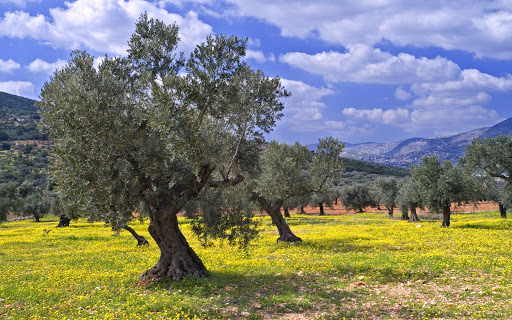
In Spoleto we will try the typical “torta al testo” (bread prepared with water, flour, salt, pepper, and olive oil, and cooked on a special marble stone in a wood-burning oven); it is sometimes stuffed with ham, sausage, or simply with herbs prepared in olive oil.
DAY 2 – ASSISI and bevagna
In upper Umbria, the spiritual centre of Italy, we will be based in Assisi, the birthplace of St. Francis.
The splendid Basilica, one of the emblems of Christianity, located on Mount Subasio and overlooking the entire valley, is dedicated to him. Apart from being a strong appeal for millions of religious believers, the Basilica is a monument of great artistic value. Its construction began two years after his death, in 1228, and between the end of the 13th and the beginning of the 14th century its walls were frescoed by the best artists of that time: Giotto, Cimabue, Simone Martini and Pietro Lorenzetti. St. Francis's Basilica consists of two churches laid upon each other and a crypt containing the tomb of the Saint. The Lower Basilica, with a double front portal, presents a simple facade embellished with a rose window and a mosaic. The interior is decorated with frescoes by some of the most important painters from 1200 to 1300, from Cimabue to Giotto and from the Lorenzettis to Simone Martini. In the Upper Basilica you can see St. Francis' life in frescoes painted by maestro Giotto, the stories of the Old and New Testament covering the entire nave, and other wonderful frescoes by Cimabue and Torriti.
Try to enjoy the mystical atmosphere of Assisi:
"Be praised, my Lord, through our sister Mother Earth,
Who feeds us and rules us,
And produces various fruits with coloured flowers and herbs."
(St. Francis, Prayer of the Canticle of the Creatures)
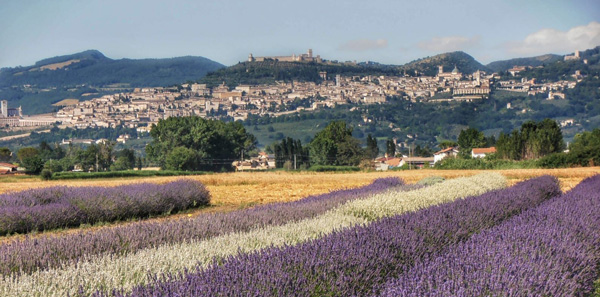
DAY 3 – deruta
In the morning, we will wander in the local woods with a professional truffle hunter and his talented dog, looking for precious truffles. At the end of the hunt, we’ll enjoy your freshly foraged truffles tossed with tagliolini egg noodles and fried eggs – a delicious combination (pls note: the hunting season starts in March and ends in December, the best time is October and November).
We will then head for Deruta, famous for its splendid brightly coloured maiolica, here we will visit a ceramics laboratory, to enjoy the colourful creations of ceramics master artisans.

At dinner, we will enjoy “salumi di cinghiale o cervo” (boar or deer sausage) and pecorino cheese, or taste the region's prized white truffle oil.
DAY 4 – val d’orcia
In these days we will explore Val d’Orcia, one of the most fascinating places in Italy, included by UNESCO in the list of World Heritage Sites. The landscape of Val d’Orcia is part of the agricultural hinterland of Siena, redrawn and developed when it was integrated into the territory of the city-state in the 14th and 15th centuries to reflect an idealized model of good governance and to create an aesthetically pleasing picture. The landscape’s distinctive aesthetics, flat chalk plains out of which almost conical hills with fortified settlements on the top rise, inspired many artists. These images have come to exemplify the beauty of well-managed Renaissance agricultural landscapes.
On the way to our next accommodation, we will stop in Bagno Vignoni, a tiny and charming village where the main square is a pool 49 meters long and 29 wide, from the bottom of which bubble up several hot springs whose therapeutic quality has been renowned since antiquity! All this creates such a pleasant sensation, it will be hard to leave!
The “pici” is the most famous pasta dish in the Province of Siena. This pasta, thicker than normal spaghetti, is made by hand, rolling the dough and rubbing it with both hands. In the afternoon of your first day in the area, you will pleasantly learn to make not only pici, but also tagliatelle and tasty sauces for seasoning, such as meat ragout, aglione sauce, or cacio e pepe (cheese and pepper). At the end of this cooking course on fresh pasta, we will enjoy the first courses, properly paired with a glass of wine.
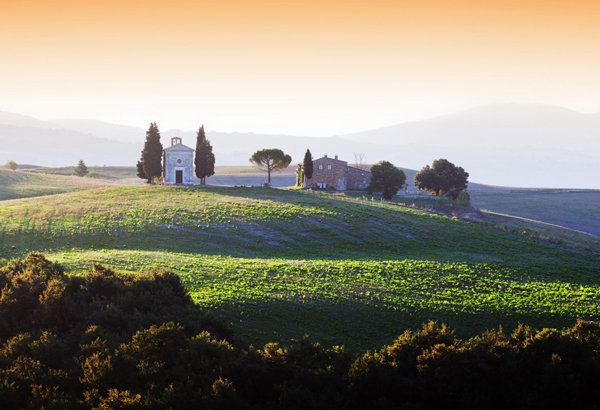
DAY 5 – val d’orcia
Our first stop today will be Pienza, “Pio’s town”: here Pope Pius II decided to build the perfect palazzo for his papal court according to the project of an “Ideal City" drawn up by artists such as Piero della Francesca. From the loggia of the Palace, you will enjoy a breath-taking panorama of the landscape all around! Pienza is also the area of the typical “Pecorino di Fossa” cheese, a real delight to the palate; here we will visit a cheese factory, where the cheese masters will uncover the secrets of this ancient cheese, a real delight to the palate!
Then, close to Montalcino, we will visit a Brunello winery, for a tasting of the most famous Supertuscan wine, probably the best Italian red!
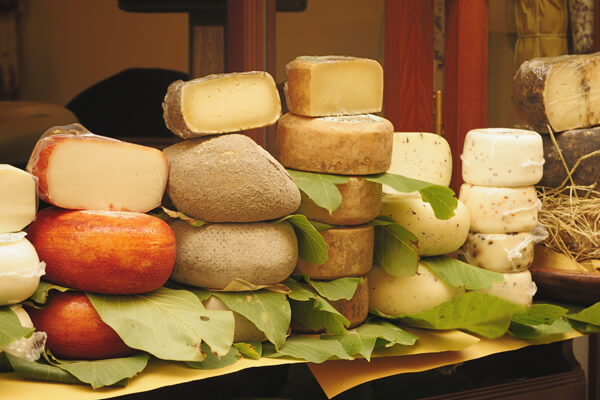
DAY 6 - VOLTERRA
On the way to Chianti, here is Volterra, Tuscany’s oldest continuously-inhabited town, with settlements documented since 1,500 B.C. Volterra has an unmistakable Medieval character, where the atmosphere of an ancient village can still be felt and whose authenticity is protected by the relative isolation that has limited the development of the city centre in the industrial era, safeguarding the city from urban speculation. Here we will walk on Piazza dei Priori, the main square, the centre of civic power since the 8th century, then Porta all'Arco, the 4th century B.C. Etruscan gate to the city walls, its 12th-century Cathedral and the ruins of the Roman Theater (40 B.C.) and the Roman Baths (3rdcentury AD).
Alabaster is a soft stone, much easier to work than marble, which is far harder. This malleability makes it perfect for carving small sculptures and richly detailed ornamental motifs. Historically, alabaster was used to carve the human face. More than 2,000 years have passed since the Etruscans first began carving alabaster, but it is still crafted today in the hilltop town of Volterra. Although it no longer represents a significant part of the local economy, it is nonetheless a fundamental part of the town’s culture. In the city, you will visit a laboratory and find beautiful shops selling artefacts and handmade unique pieces carved into this semi-transparent stone.
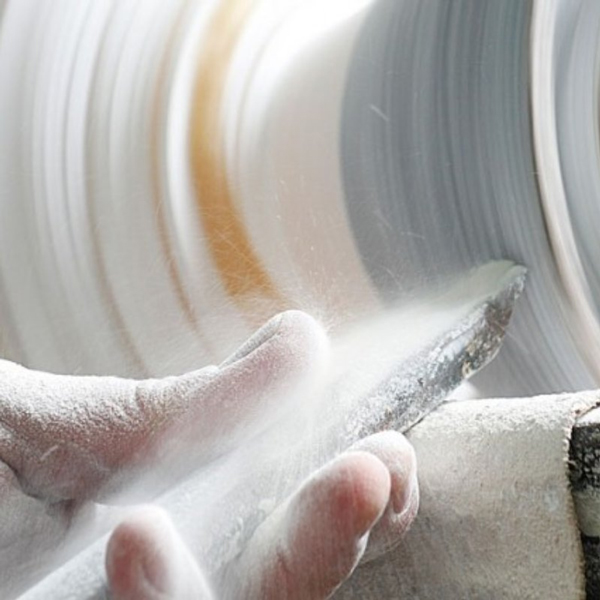
DAY 7 – chianti
Today we will wander around Chianti, home of the world-famous wine!
Only a few regions can offer such a beautiful and rich panorama as Chianti: green hills sketched by miles and miles of vineyards and olive groves, ancient walled villages, panoramic curvy roads. Chianti Classico area spreads from Florence to Siena and includes the municipalities of Greve, Panzano, Radda, Gaiole and Castellina. Most of the route consists of the grid of roads connecting the larger towns to villages and castles, like the one leading to Radda, former headquarters of the Chianti Military League, and then to Castello di Brolio where Bettino Ricasoli devised the “recipe” for Chianti wine.
The history of Chianti has always been deeply linked to its wines and other first-rate products, making it the perfect destination for a journey through traditional Tuscan food and wine: the towns in the area make up the production zone of world-renowned Chianti DOCG red wine.
After Sagrantino, Brunello and Vino Nobile, Chianti will be the ideal conclusion of our tour at the discovery of the wines of Central Italy!
Finally, in the late afternoon, we will head for our final destination, Florence.
The tour is over, but the memories of this fantastic journey will accompany you for a lifetime!
Arrivederci for another tour with VITOR, Visit Italy on the Road.
